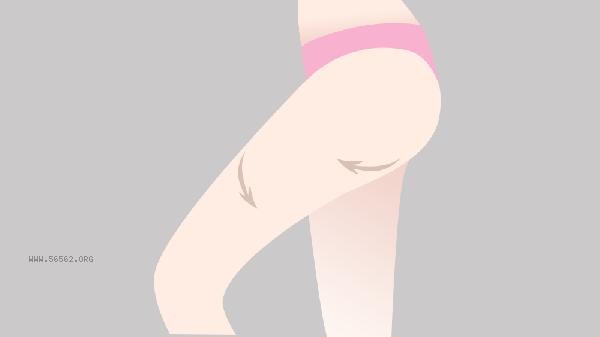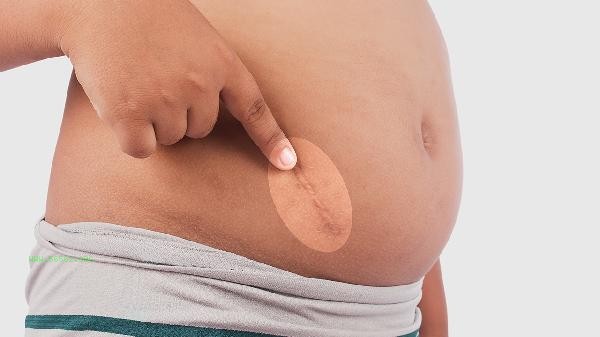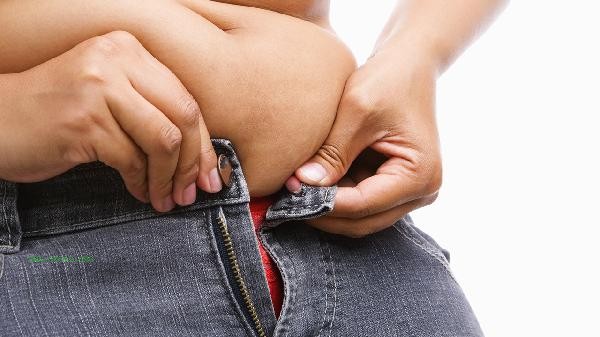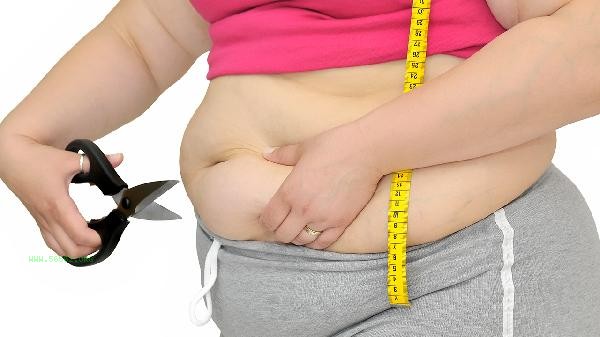The best time for weight loss during menstruation is usually between the 7th and 14th days after the end of menstruation. During this period, estrogen levels have rebounded, metabolism has accelerated, and the body is more sensitive to exercise consumption. The menstrual cycle is divided into four stages, and hormonal changes at different stages can affect the efficiency of weight loss. During the follicular phase, approximately one week after the end of menstruation, estrogen levels gradually increase, insulin sensitivity improves, and fat breakdown efficiency increases. Combining aerobic exercise with strength training at this time can more effectively burn fat. The luteal phase, two weeks before menstruation, is dominated by progesterone, and the body tends to store water and energy. Exercise tolerance may decrease, but moderate low-intensity exercise can still help maintain metabolism. A small number of women may experience a slight increase in basal metabolic rate on the 3rd to 5th day of their menstrual cycle, but at this time, endometrial shedding is accompanied by iron loss, and intense exercise may exacerbate fatigue. It is recommended to focus on soothing yoga or walking to avoid excessive dieting leading to nutritional deficiencies. After the end of menstruation, hormone levels stabilize and gradually increase the intensity of exercise.

During menstruation, weight loss should pay attention to supplementing iron and high-quality protein, and avoid stimulating the uterus with raw and cold foods. It is recommended to choose swimming, brisk walking, and exercise, with a duration of 30-45 minutes. Weight fluctuations influenced by hormones are a normal phenomenon, and attention should be paid to changes in body fat percentage rather than short-term weight figures. If severe dysmenorrhea or dizziness occurs, exercise should be stopped immediately and the weight loss plan should be resumed after the menstrual period ends.










Comments (0)
Leave a Comment
No comments yet
Be the first to share your thoughts!